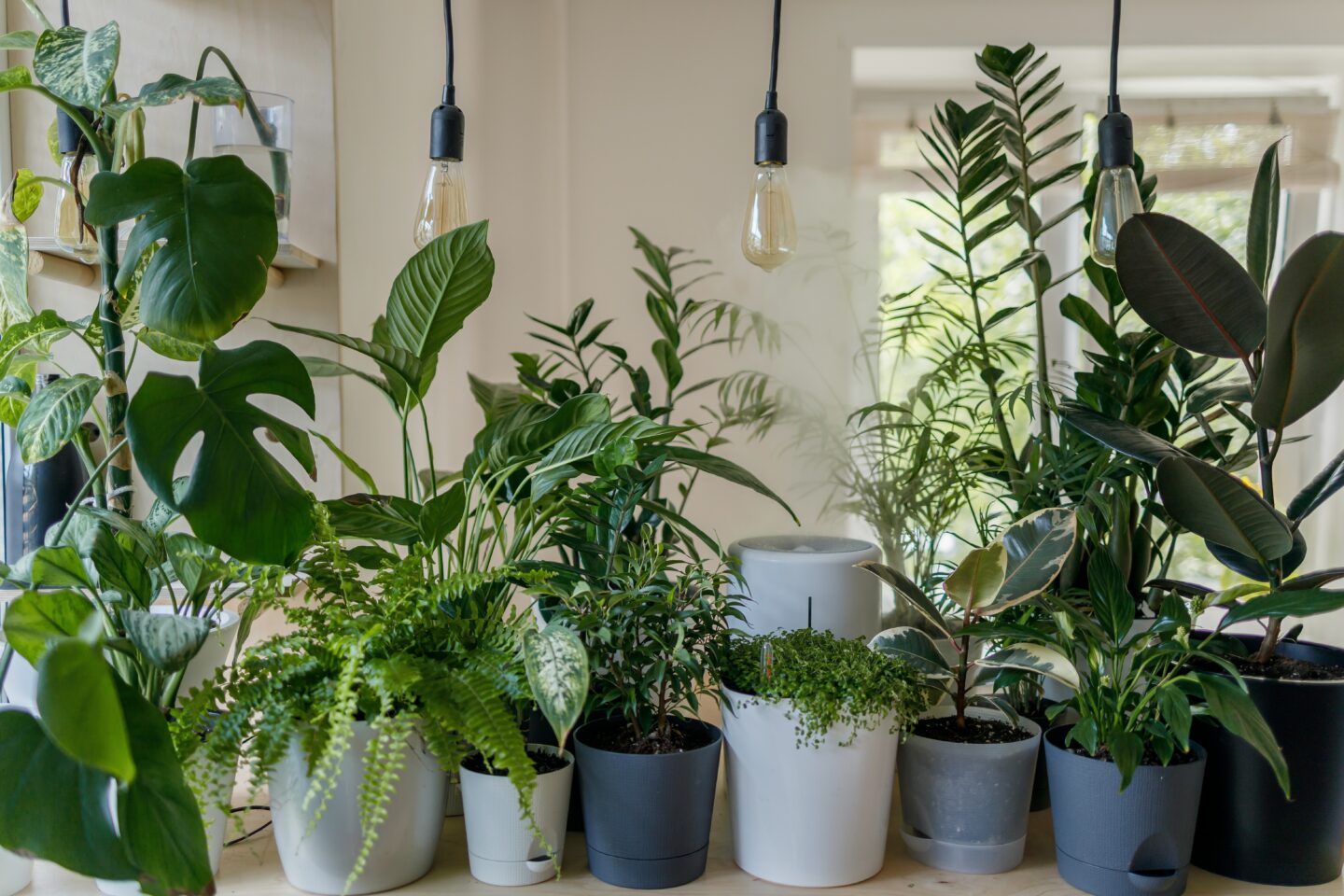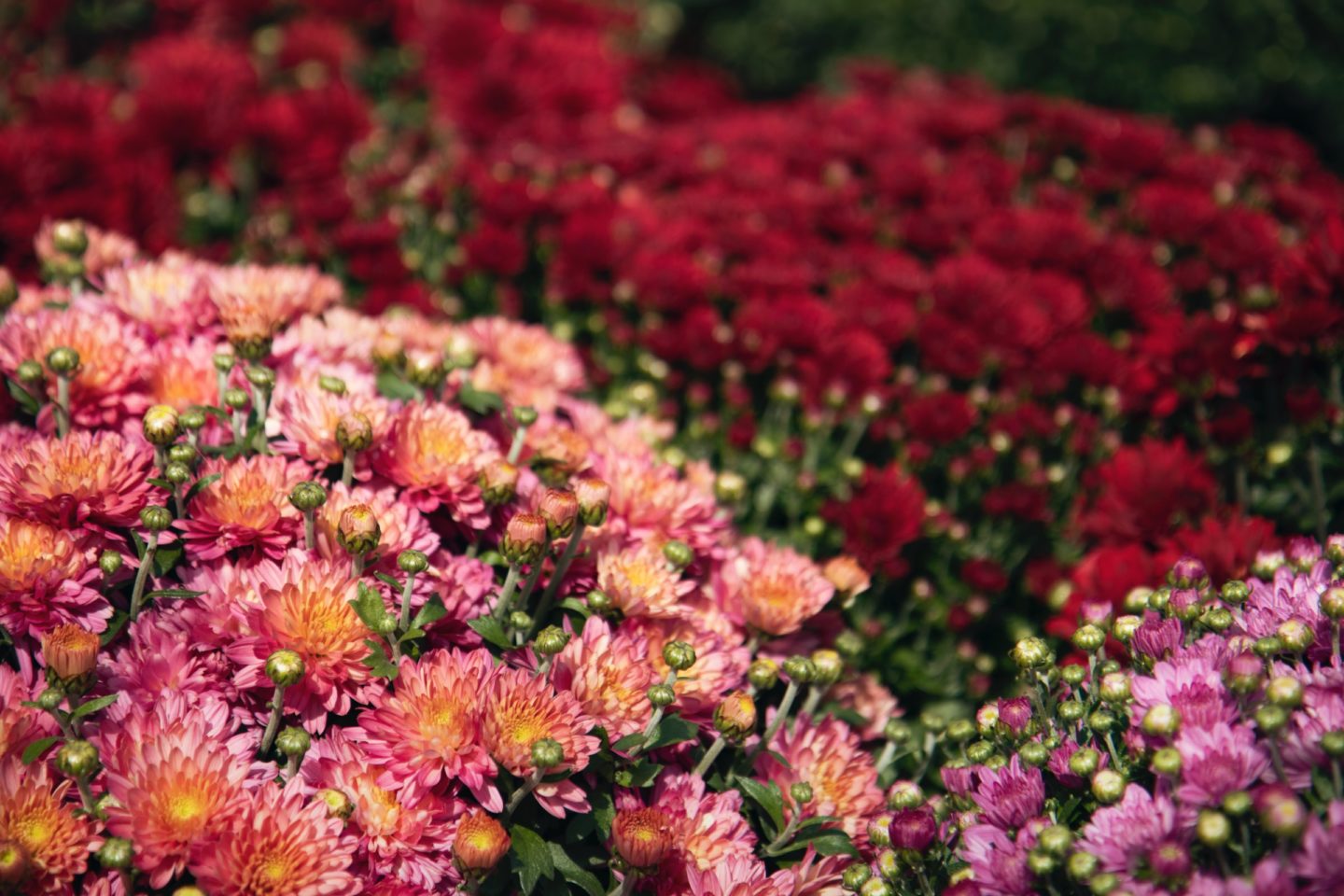Shrub maintenance and pruning can be one of the most confusing parts of garden chores, but it doesn’t have to be! We’ve put together a list of some of the most common shrubs from our area with pruning instructions. As long as you have healthy shrubs, follow these simple guidelines to maintain steady growth and prolific blooms each season.
Hydrangea
Hydrangea are some of the most common shrubs and cause some of the most confusion. The good news is Hydrangeas fall into two categories: varieties that bloom on old growth (like “Endless Summer”) and varieties that bloom on new growth (like “Annabelle and “Limelight”). Always keep plant tags or write in a garden journal to remember which varieties are planted where. A simple google search of the variety will tell you which category it falls into.
Hydrangeas that bloom on old growth should be cut back in the late summer immediately after they’ve finished flowering.
Hydrangeas that bloom on new growth should be cut back in the late winter or early spring.
How much should you cut your Hydrangea back? It depends on which type of growth habit you’re trying to promote. For a more upright growth habit, cut back just below the blooms for small, tight blooms on strong foliage. If you prefer larger, floppier blooms, cut back almost to the ground to promote larger blooms.
Early Spring Bloomers

Vermont favorites like Lilacs, Forsythia and Rhododendron offer up some of the most gorgeous color in the early spring garden. These early-flowering varieties should be pruned immediately after they’ve finished blooming in the spring.

Summer Blooming Shrubs
Summer-blooming shrubs like Butterfly Bush and Potentilla should be pruned while they are dormant. Late winter or very early spring is the best time to prune these shrubs to allow for healthy buds to form on new growth.
Non-Flowering Shrubs
Foliage shrubs that often add height, interest and privacy throughout the season are best cut back in the late winter while they are still dormant. This category includes popular Burning Bush, Ninebark, and Weigela.
Unhealthy Shrubs
If your shrub is unhealthy or seems to be diseased, cut aggressively back to the ground at the end of the season. Do not dispose of cuttings in your compost pile, but bag up and throw away in the garbage to prevent the disease from spreading. Come next season if the shrub still isn’t healthy, dig it up and throw it away.

Shrubs are the backbone of many gardens and can live for decades if taken care of properly. Basic maintenance like pruning at the correct time will help your shrubs stay healthy and flowering for years.



